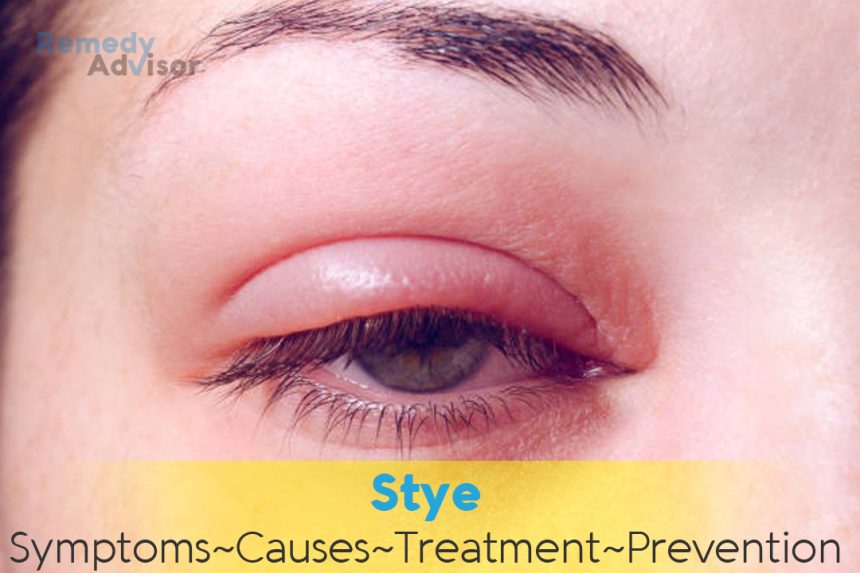What is it
Like hair elsewhere on your body, eyelashes grow from follicles, which lie just under the skin in this case along the eyelid and are composed of the hair root and connective tissue. A stye is a common, often painful, bacterial infection that occurs either in one of the many follicles or in an oil gland on the eyelid margin. The stye usually appears as a small red pimple or boil with a whitish head, though when it occurs deep in an oil gland it won’t have any head at all.
Styes can be very painful when touched. Even with treatment, styes will frequently recur because the bacteria that infect the first follicle will spread to infect others; this can happen if you touch the eyelid, use contaminated washcloths, or squeeze the stye.
Symptoms
- Tender, red bump at the base of an eyelash on the upper or lower eyelid.
What causes it
A stye develops when one of the eyelash follicles or glands becomes clogged with oil or dirt owing to poor hygiene. Styes are found in people of all ages and groups, but they are especially common in people with fair complexions, particularly those of Irish, English, and Scottish descent.
What if you do nothing
Styes are generally harmless. Several days after a stye forms, it will usually burst and drain, relieving the pain in the process. The stye should subside completely within a week or so.
Home remedies
Apply warm compresses
Wash the eyelids twice daily with a mild soap. Apply a warm washcloth to the eye for 10 minutes four times a day to increase blood circulation, which brings more infection-fighting white blood cells to the area helping the stye form a head. Once the stye opens and releases the pus, you will feel overall pain relief.
Continue to cleanse the eye
Several times daily even after the stye drains.
Prevention
Don’t rub your eyes
Rubbing can spread the infection to other eyelashes.
Don’t share washcloths or towels
Infection can be spread from contaminated bathroom items.







